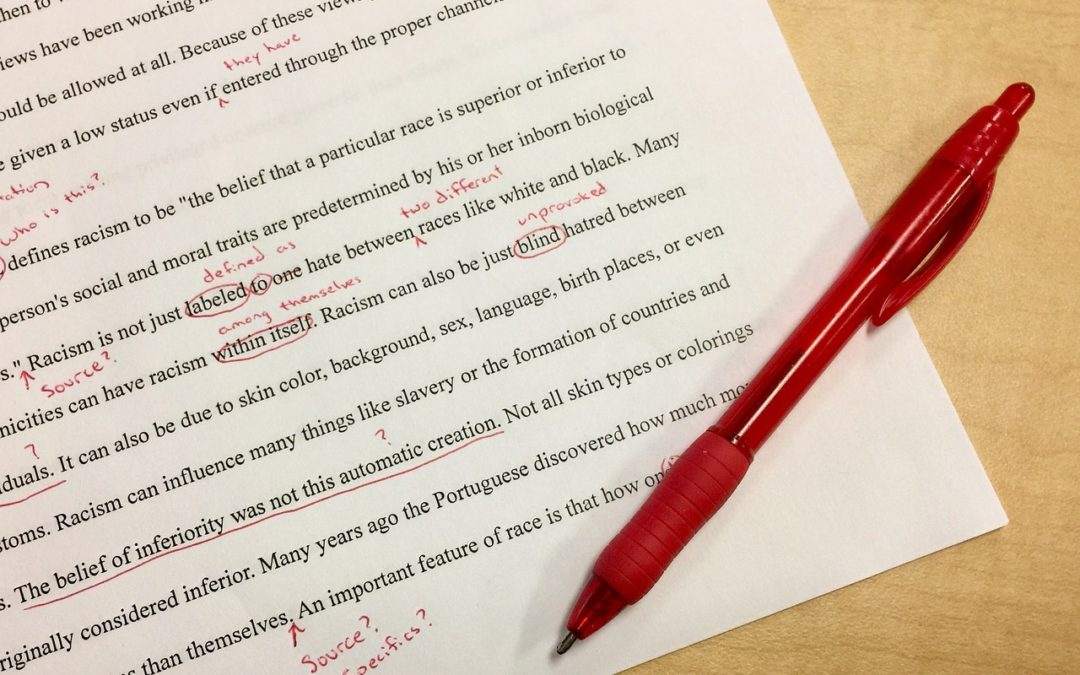
Feb 21, 2024 | Artificial Intelligence, Blog, Communication, English language, Language Services, Translation
Proofreading and editing: the perfect tools for refining a text How do you ensure that a translation is ready to be delivered to a client? Human proofreading and editing services may be the answer. Translators typically spend a considerable amount of time reading, analyzing and translating the original text. Once they have the first version of their translation, it is recommended that they wait a while before reading it again. By doing so, they are more likely to spot errors that they may not have noticed at first. Clients expect perfection from a professional translation agency. Therefore, in addition to translators checking their own work, another professional linguist or native translator should ideally review the translation and provide feedback to ensure it is flawless. This is where the work of proofreaders and editors comes in. What is proofreading? What is editing? Proofreading and editing are two distinct parts of the process of improving a text. Once the translator has completed the translation process, a number of processes must be performed to ensure the translation is accurate and ready to be delivered to the client. Editing a translation is a more in-depth revision of a text. When a text is sent for editing, it usually requires more changes than a text sent for proofreading, so editors take more time than proofreaders to complete their work. An editor evaluates aspects such as the writing style, the register, the structure and the flow of the text. Proofreading, on the other hand, usually takes place after the text has been edited. It is the last step before submitting the document. Proofreading may not...
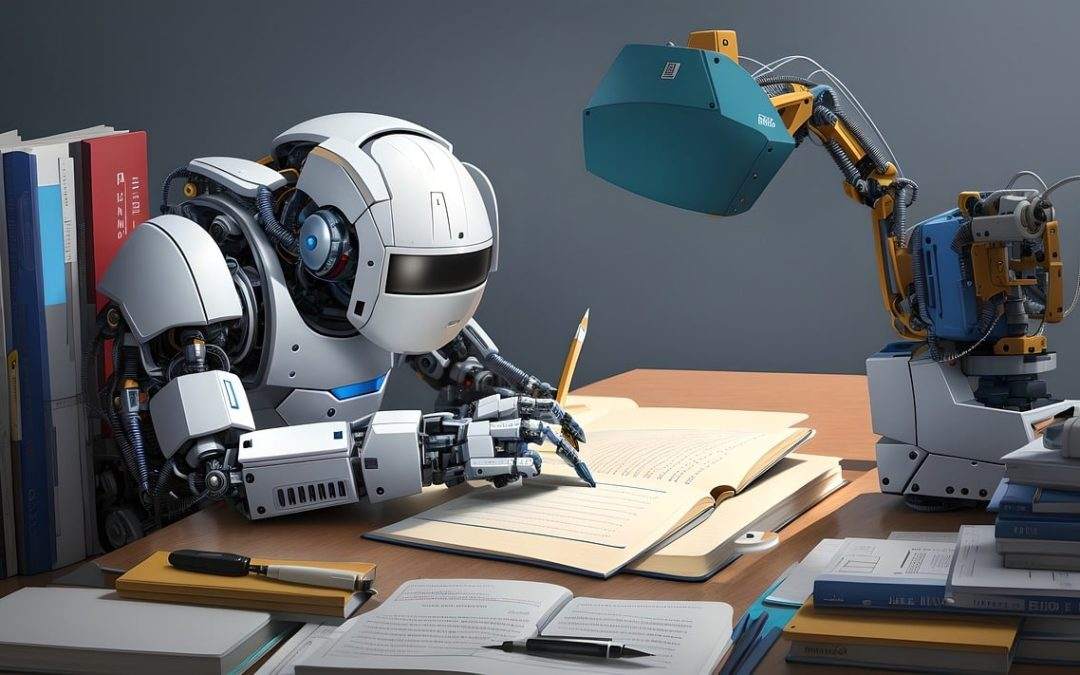
Jan 23, 2024 | Artificial Intelligence, Blog, Communication, English language, Language Services, Newsletter, Projects, Tips for Translators, Translation, Translation News, Worldwide
What will the future of translation look like? In the dynamic landscape of technological innovation, the translation industry stands at the crossroads of tradition and transformation. In the midst of rapid technological evolution, the translation industry is grappling with the challenges and opportunities of 2024. As the year unfolds with a wave of cutting-edge advances, questions are being asked about the relevance of traditional translation agencies. But rather than fading into the background, these agencies are proving resilient and adaptable, embracing and expanding their role in the face of new technologies. This blog post explores how translation agencies are not only holding their own but are essential to harnessing the full potential of technological breakthroughs in language translation. What key role will these agencies play in navigating the future of translation? The human touch in AI-powered future of translation While AI-powered translation models have made remarkable progress, they still lack the nuanced understanding and cultural sensitivity that human translators bring to the table. As a result, translation agencies are integrating AI into their workflows to improve efficiency while at the same time recognizing the irreplaceable value of human expertise in preserving the nuances of language and culture. By seamlessly combining the speed of AI with the innate human touch, translation agencies offer a unique and comprehensive approach that ensures accuracy, context and cultural relevance in every translation project. Complex project management and quality assurance determine the future of translation The scope of translation often goes beyond simple language conversion, especially in industries with complex technical terminology or specialized content. As a result, translation agencies play a critical role in...
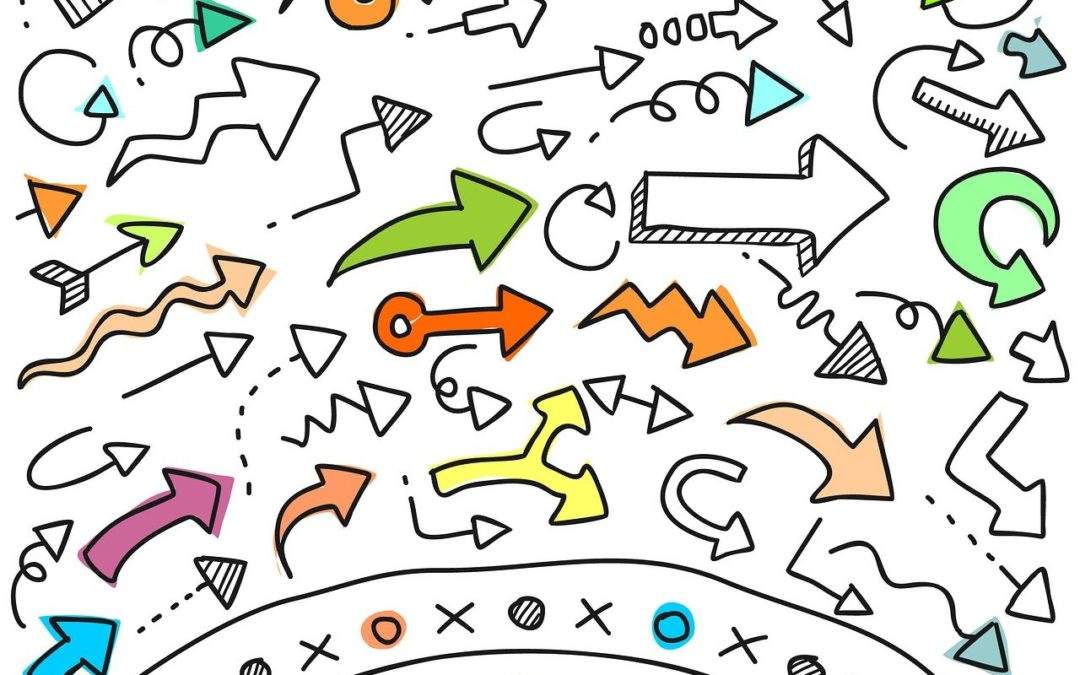
Nov 22, 2023 | Blog, Communication, English language, Tips for Translators
Dynamic languages: a multifaceted world Language is a living entity in perpetual evolution, constantly evolving and adapting to the ever-changing world around us. This ever-changing nature of language is a fascinating and sometimes challenging aspect for those working in the translation industry. Translators and linguists have to navigate within the intricate web of linguistic evolution, where words and expressions can undergo profound changes. This dynamic nature of language is not only a challenge but it’s also an extraordinary opportunity to engage with diverse linguistic contexts and bridge communication gaps. The translator’s challenge(s): adapting to linguistic evolution Translators and linguists face a unique set of challenges when dealing with the evolving linguistic landscape. They have to keep up with the subtle shifts in meaning, tone, and cultural connotations that words and phrases inevitably undergo over time. However, within this dynamic environment lies a world of exciting opportunities for professional growth. Cultural Proficiency: Embracing Linguistic Evolution with Cultural Insight Because language reflects cultural nuances, staying abreast of linguistic changes requires a deep understanding of the cultures associated with those languages. Translators who embrace this aspect of linguistic dynamism develop a heightened cultural proficiency that enables them to produce more accurate and culturally sensitive translations. Specialization: Thriving in Evolving Fields with Specialized KnowledgeLinguistic evolution often leads to the emergence of new terminology and jargon in various fields, from technology to healthcare. Translators can choose to specialize in these areas, enhancing their industry-specific knowledge and becoming sought-after experts in their niche. Continuous Learning: Staying on the Cutting Edge of Linguistic DevelopmentsAdapting to linguistic change requires ongoing training. Translators and linguists are encouraged to...
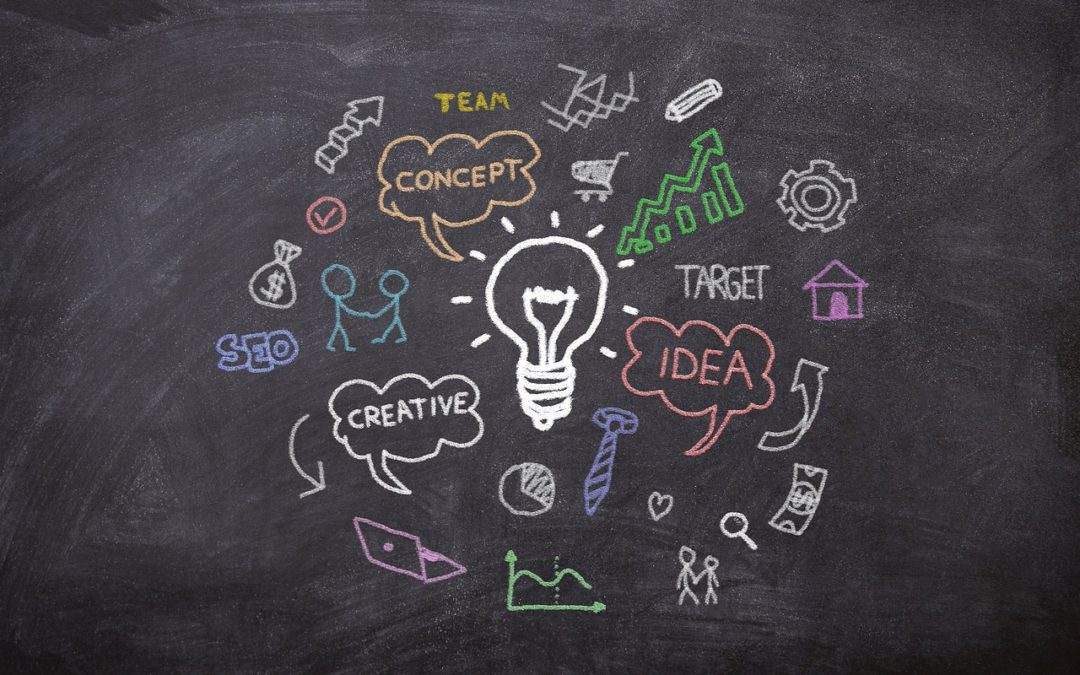
Oct 23, 2023 | Blog, Communication, English language, Language Services, Translation
Transcreation, the perfect cocktail of translation and creation, is a powerful tool. The power of words intentionally strung together to bridge cultural and communication gaps effectively in diverse markets. It is a marketing strategy used to adapt content to different cultural contexts and languages beyond word-for-word translation. What are transcreation and creation? Transcreation is the art of reinventing, recreating, and reimagining content. By focusing on the essence, emotion, and cultural nuances of a message, they preserve the original intent and impact of a product or service. However, successful communications must transcend barriers. It recognises that language and culture cannot be separated, and therefore, adapts to cultural nuances like idioms, humour, and sensitivities. Transcreators ensure that brand messages resonate with the target audience on a deeper and emotional level to form stronger brand connections leading to increased brand engagement. A guide to creative adaptation in marketing The process typically starts with a thorough understanding of the brand, its values, the target audience, the desired message, and the goal. Thus, transcreators will analyze the source content and identify key elements. They will reimagine visuals, alter metaphors, creatively rewrite, and even recreate new concepts adapted to fit the cultural context of the target market. What do transcreation and creation entail? Transcreation involves extensive research, cultural immersion and firm mastery of the power of words. This further ensures that the adapted content aligns with the cultural norms, customs, and preferences of the target audience. By taking into account cultural sensitivities, historical references, local trends, and idiomatic expressions, they can appeal positively and avoid cultural faux pas with the intended market. How to localize...
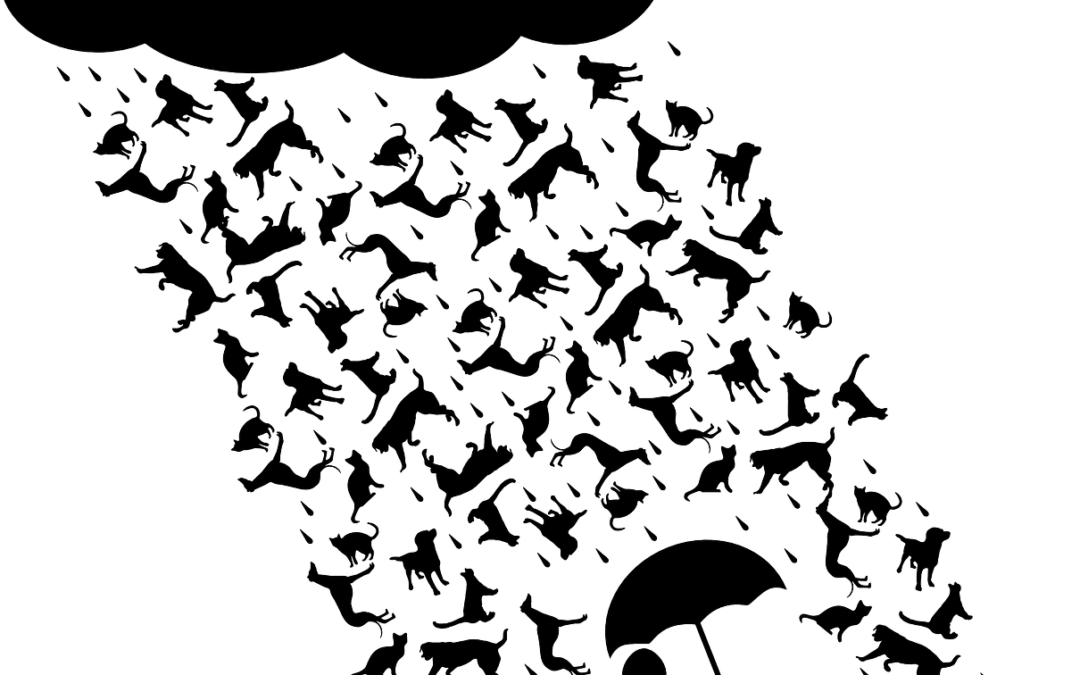
Sep 18, 2023 | Artificial Intelligence, Blog, Communication, English language, Language Services, Language Varieties, Translation
Balancing Creativity and Cultural Relevance Have you ever been lost in translation? A recurring mistake to make is to assume that translation is limited to mere linguistic conversion, that is swapping a word for another word. The reality, however, is that translators go above and beyond to be able to capture and convey messages accurately in different languages and cultures. Not an easy feat, by any means, as striking the right balance between creativity and cultural relevance is exceptionally challenging. Creativity plays a radical role in translation, especially so when conveying idioms, metaphors, and cultural nuances with no direct equivalents in other languages. These situations call to the creative skills of translators to concoct inventive solutions to preserve the impact and goal of the source text while ensuring the transfer in language maintains clarity and understanding in the target language. A successful translation is a culturally relevant one. Where a deep understanding of cultural norms, customs and values shine through in both the source and target language. The translator needs to ensure that the translated content is appropriate and relatable to the targeted audience. They take into account historical, social, and linguistic nuances that can potentially harm the message intended. Transcreation: Avoid getting lost in translation The perfect blend of translation, creation and cultural relevance is transcreation. Transcreators have the flexibility to deviate from the literal translation, original structure, and limited creativity. They can focus on recreating and restructuring the words around the message, goal and emotion of a product or service. They incorporate humour, wordplay, and other culturally relevant elements, eliminating the possibility of a-lost-in-translation problem. Striking the...

Sep 26, 2022 | Blog, English language, Translation, Worldwide
Study abroad marketing strategies Before the COVID-19 pandemic, it was common for students to move away from their own country to study abroad. Now that the pandemic seems to be over, this trend is picking up again. But how do they know where to go? Which country and which institution are the best fit for their needs? Today, there is a huge range of possibilities from which students can choose, especially thanks to the web. For this reason, schools and institutions do their best to promote their study programs online. They use a lot of marketing strategies to appeal to students from all over the world. Firstly, they need to know the students’ interests. In particular, where they would like to live, what type of facilities they need and so on. Secondly, institutions need to have an appealing profile on social media. Indeed, this one plays a crucial role in the lives of young people. It is also important to have a website that students can browse in different languages. Indeed, if institutions want to get the attention of international students, they need to make information accessible in their own native language. This is the key to avoiding misunderstandings. So, as we can see, here again, the role of translators is essential. A lot of institutions contact us to get their websites or marketing campaigns translated into several languages. In this way, they can reach as many students as possible. The power of social media connections Many students may have reservations about whether to embark on this journey or not. However, thanks to social media, they can take a...






















